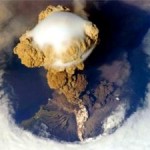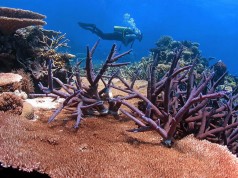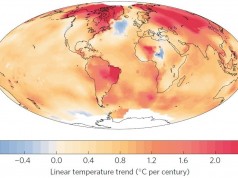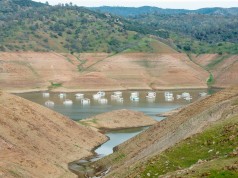The study considers the tropical Pacific Decadal Oscillation, a climate cycle that plays out over the course of several decades. Within this large pattern fall El Niño and La Niña, well-known faster cycles that cause shifts in the distribution of warm water in the equatorial Pacific Ocean. While El Niño and La Niña last only a few years, the Pacific Decadal Oscillation lasts several decades. The last time it was in a cooling phase – cooling waters in the eastern equatorial Pacific Ocean – it lasted from roughly 1940 to the early 1970s. During that cool phase, warmer, drier weather dominated in the mid-western United States.
The current cooling phase began just after a strong El Niño year in 1998. The Texas AgriLife Extension Service at Texas A&M University estimates that the drought it traces to that same year caused nearly $ 21 billion in agricultural losses through 2011. In 2011, Texas set a single-year record with losses of $ 7.62 billion.
The study authors said it is not known if the current cooling phase will last as long as the last one. Predicting equatorial Pacific conditions more than a year in advance is beyond the reach of current science.
“That speaks to the challenge in predicting climate for the next few years,” said Xie. “We don’t know precisely when we’re going to come out of [the hiatus] but we know that over the time-scale of several decades, climate will continue to warm as we pump more greenhouse gases into the atmosphere.”
Check the following link to read/download the Full Study:
http://www.nature.com/nature/journal/vaop/ncurrent/full/nature12534.html
Source: Scripps Institution of Oceanography, UC San Diego.













